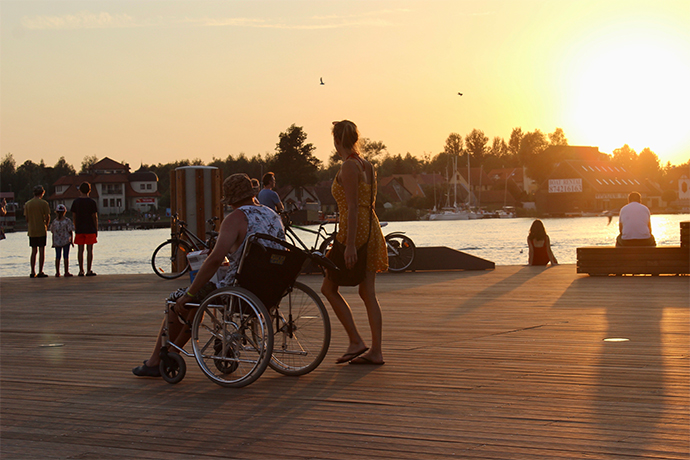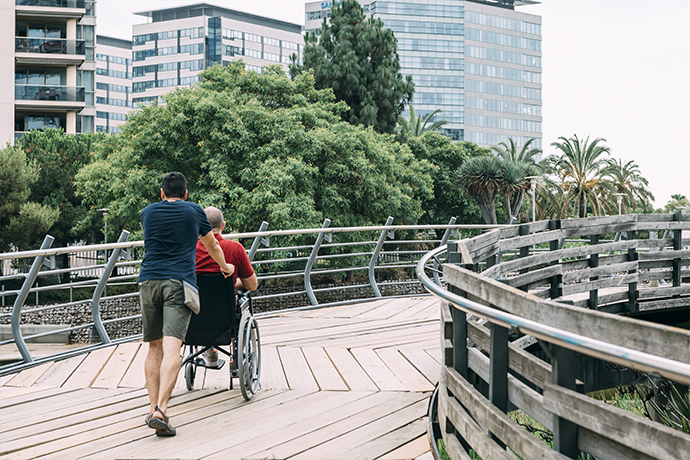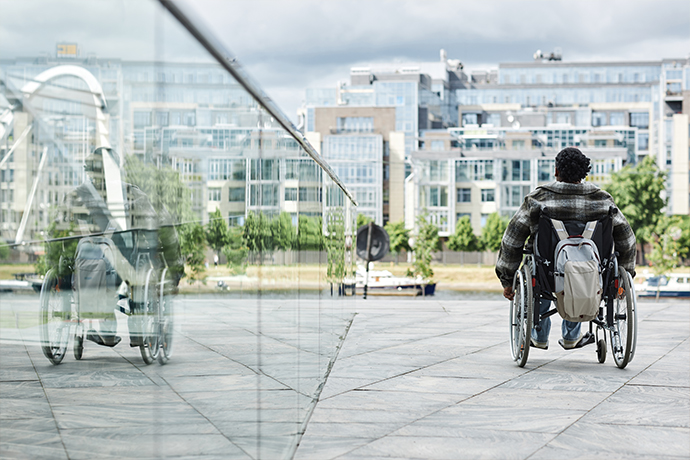 SPEAKERS
SPEAKERS
Learn how to create accessible public spaces fostering inclusion and diversity. Discover strategies for designing functional, safe, and equitable environments!

Making public spaces accessible for all means creating environments where everyone regardless of his physical, sensory, and cognitive abilities can participate, thrive, and engage. By making places physically and digitally accessible for all, we not only improve the quality of their lives but also promote independence, diversity, and a sense of belonging for all in a society.
Accessibility is not only about legal standards; it also refers to designing environments that can fulfill the needs of diverse people. To foster inclusive communities irrespective of mobility impairments, cognitive differences, and sensory challenges of people, it is essential to explore the concept of inclusive design.
In this article, let’s explore different strategies that one can implement to make public spaces accessible, functional, and safe for all. With these strategies, we can create a society that fosters a culture of equitable communities. Although it’s an ongoing process, with thoughtful planning and collaboration, we can achieve it easily.
When talking about accessibility, the very first thing is to improve physical accessibility in public spaces. This can be done in different ways such as:

While designing any public space, opt for universal design to create an environment where everyone is comfortable; regardless of their age, gender, status, or ability. Here, accessibility examples include creating wheelchair-accessible places, inclusive restrooms, assistive technology, and a lot more.
For all public spaces, it should be mandatory to use clear and simple signage in multiple formats (pictograms, braille, and large print), to let people with different abilities find information and way smoothly.
Crowded public spaces must be acoustically designed to aid people with hearing impairments. Also, public places must have hearing loops to assist such people.
Making public spaces accessible not only means making them accessible in a physical manner. These places should be socially and culturally inclusive too. For this, conduct public awareness campaigns to foster a culture of understanding and respect for disabled people in public spaces.
Accessibility also refers to the inclusive use of digital technology. All mobile apps should be designed to make them accessible for all users, including visual, cognitive, and hearing impairments. Kiosks should be made interactive with high-contrast screens, multilingual options, and screen readers to allow everyone to access information.
Also, for some people digital technology is everything and they may need it every time for communication or to allow the functioning of their devices. For such people, ensure that there are accessible wi-fi and charging stations to keep their digital devices always functional.
Apart from the public spaces, all types of transit and transportation access should be designed keeping in mind people with mobility impairments. This includes introducing low-floor buses, audio/visual announcements in public transports, and elevators at train stations.
Some people may not use public transport during rush hours at night. For such people, there should be flexible routes and schedules, catering to their needs. Similarly, for traffic signals and crosswalks, it is advisable to implement longer crossing lines, safe pedestrian islands, and audible signals to make them safe for people with different abilities.
The inclusivity also refers to safe social spaces.
Accessibility in parks, playgrounds, and buildings ensures that children and people with a wide range of disabilities are safe. For instance, including ramps, sensory play areas, and equipment to accommodate people/children with disabilities.
If there is any public event like a festival, concert, or community gathering, every arrangement should be made keeping in mind different disabilities. This can be providing accessible seating, captioning, sign language interpreters, etc. Further, it would be much better to include people with disabilities in the planning and designing of public spaces to better understand and fulfill their needs.
Inclusion in the workplace is equally important to enhance workplace accessibility. But what is accessibility in the workplace?
It mainly refers to creating an inclusive environment where everyone can participate in equal opportunities and effective work, removing all types of barriers.
Train your staff on accessibility issues so that they can offer a welcoming environment for everyone. For this, you can invite some renowned disability awareness speakers who understand the nitty-gritty of these issues and make your staff sensitive towards them.
Establish clear anti-discrimination policies and also set mechanisms for reporting and addressing issues of discrimination and exclusion in the workplace or public spaces.

At the time of the development of cities, urban planning should be inclusive. The housing in key areas must be accessible and affordable so that disabled people can live and work in such areas.
Ensure that people with all sorts of impairments can access green spaces in parks and plazas by using wide and smooth pathways.
The design should be in a way that people can access all essential services in the area where they live and work, reducing the need to travel long distances.
It would be good to provide some personal assistants or accessible transport for people requiring extra support at affordable rates. Also, people with disabilities must have access to assistive technology like screen readers or communication boards, making them feel comfortable and independent in public spaces.